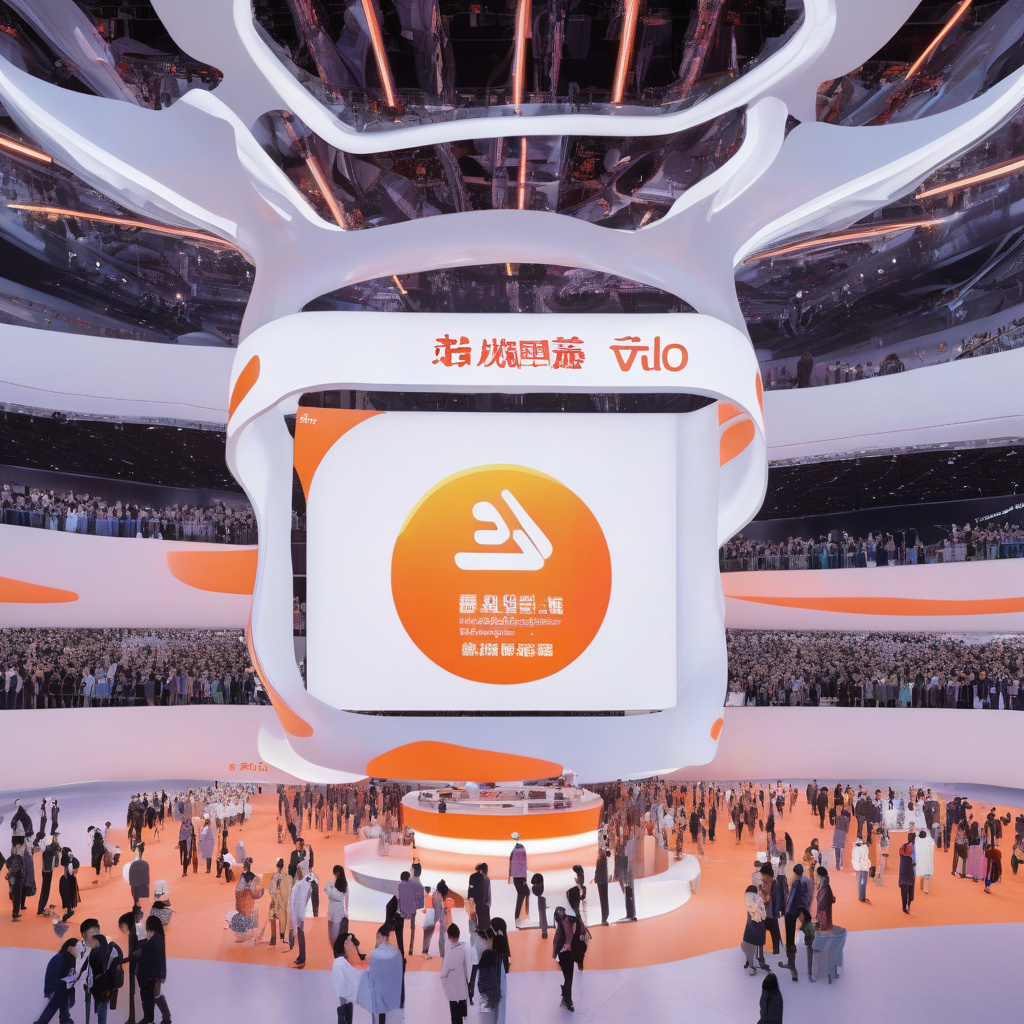Text-to-image and beyond: Alibaba launches Qwen VLo AI model
Alibaba, the tech giant known for its innovative solutions, has recently made waves in the artificial intelligence realm with the launch of its latest model, Qwen VLo. This new AI model represents a significant leap forward in the field of text-to-image technology, offering improved object recognition capabilities that address semantic inconsistencies present in earlier versions.
One of the key challenges faced by previous iterations of text-to-image models was the tendency to misinterpret or inaccurately identify objects in images. This issue stemmed from semantic inconsistencies, where the context or relationships between objects in a scene were not fully understood by the AI. As a result, the generated images often fell short of accurately representing the input text.
Qwen VLo seeks to rectify this problem by leveraging advanced deep learning algorithms to more effectively analyze and interpret textual descriptions of images. By improving the model’s understanding of semantic relationships, Alibaba aims to enhance the accuracy and realism of the images generated by Qwen VLo.
The implications of this advancement are far-reaching, particularly in the realm of e-commerce and digital marketing. For online retailers, the ability to automatically generate high-quality product images based on textual descriptions can streamline the content creation process and enhance the overall shopping experience for customers. By leveraging Qwen VLo, e-commerce platforms can deliver more visually engaging product listings that accurately reflect the features and attributes of the items being sold.
Beyond e-commerce, the impact of Qwen VLo extends to industries such as digital advertising, graphic design, and content creation. Marketers can utilize the AI model to quickly generate visual assets for campaigns, social media posts, and branding initiatives, saving time and resources in the creative production process. Graphic designers can also benefit from the ability to rapidly prototype ideas and concepts based on text inputs, speeding up the design iteration cycle.
In the realm of content creation, Qwen VLo opens up new possibilities for generating visual elements to accompany written articles, blog posts, and social media content. Authors and publishers can enhance the visual appeal of their work by incorporating AI-generated images that complement the text and engage readers more effectively.
As Alibaba continues to push the boundaries of AI technology with innovations like Qwen VLo, the future of text-to-image generation looks promising. By addressing semantic inconsistencies in object recognition and delivering more accurate and contextually relevant visual outputs, this new AI model has the potential to revolutionize the way we create and consume visual content online.
In conclusion, Alibaba’s launch of the Qwen VLo AI model represents a significant milestone in the evolution of text-to-image technology. By improving object recognition and addressing semantic inconsistencies, this innovative AI model opens up a world of possibilities for industries ranging from e-commerce to digital marketing. As businesses and creatives alike embrace the capabilities of Qwen VLo, we can expect to see a new era of visually rich and contextually relevant content in the digital landscape.
Alibaba, Qwen VLo, AI model, text-to-image technology, object recognition
